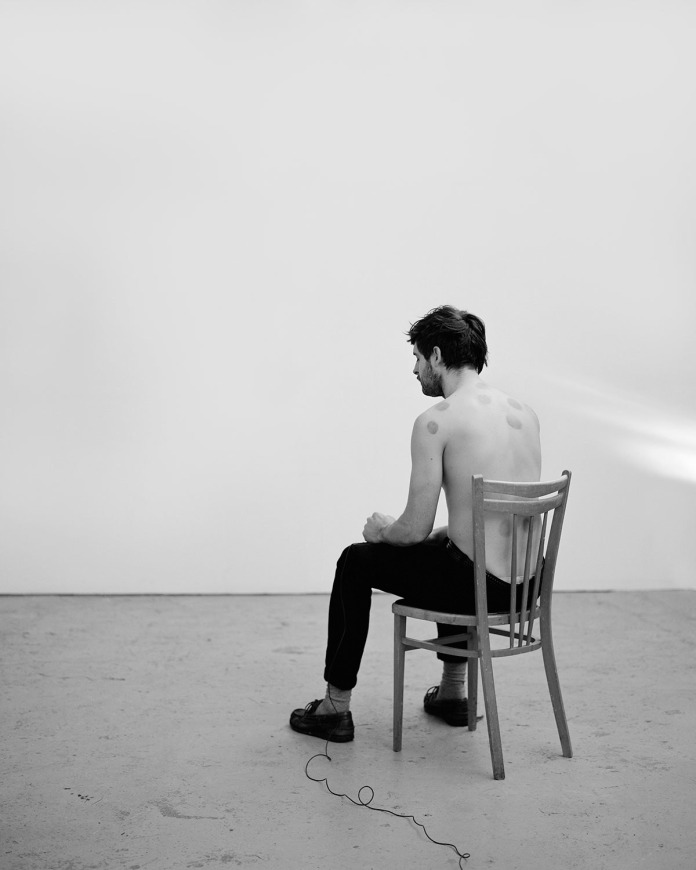I’ve read much about this book The Unforgetting by Peter Watkins, from Tim Clark at 1000 Words and Brad Feuerhelm at ASX to being mentioned by a few as top favourites of photobooks 2019, to be honest, I didn’t quite get it at first other than the captivating cold black and white images of object assemblages and memorabilia. As Tim Clark mentioned, “the work is spared of sentimentality: objects are catalogued and composed in a manner that evokes early scientific photography or evidence gathered at a crime scene.”
The work is based on the history of his own family marked by the suicide of his mother when he was nine years old. The heart of the artist’s project is his reconciliation to that loss, through an examination of their shared German heritage.
“This is a work that explores the machinations of memory in relation to the experience of trauma,” says Watkins. “The culmination of several years work, The Unforgetting is a series made up of remnants, as well as the associated notions of time, recollection and impermanence, all bound up in the objects, places, photographs, and narrative structures circulated within the family.”

Self Portrait (2011), an image that pictures the artist stripped from the waist up and seated on a hard wooden chair. His face is cast down, fist clenched, shoulders hunched. Numerous large circles scar his smooth skin: the legacy of cupping, a well-known Chinese treatment for depression. Source @ 1000 Words
© Peter Watkins, from the book ‘The Unforgetting’; Source @ Peter Watkins
What really inspired me about this work was that the work has taken several different iterations since he began in 2010. He started out quite differently, with more of a documentary approach, visited the place where his mother had died, and filmed the village where she grew up, and interviews with family members. “What I came to realise was that everything seemed too literal to me, it was too sad and too sentimental and obvious somehow. I noticed from the filmed interviews that my family’s recollections had somehow blurred and merged into a kind of unified narrative as if the passage of time had stripped away any sense of complexity and subjectivity from each individual’s experience.”
“I didn’t want the project to feel sentimental in the way that projects about this subject so often tend to feel. It was about finding a balance between thinking and feeling. e.g. the Super 8 canisters contain home movies of my mother and her family on holiday. Instead of using those kind of seductive Super 8 images, which carry an unavoidable nostalgia, I came to think of that one picture as a way of conflating all [of the others] into one single, mysterious image that resists that kind of sentimentality. It’s an important part of the work, that resistance to the obvious or the overtly emotive.” he says.
References:
https://fotoroom.co/the-unforgetting-peter-watkins/
http://www.1000wordsmag.com/peter-watkins%E2%80%A8/
https://www.bjp-online.com/2017/06/show-peter-watkins-the-unforgetting-at-the-webber-gallery/
https://americansuburbx.com/2015/02/peter-watkins-the-pain-of-loss-is-a-motherfucker.html







